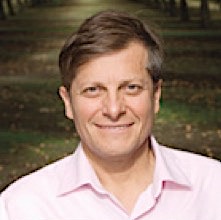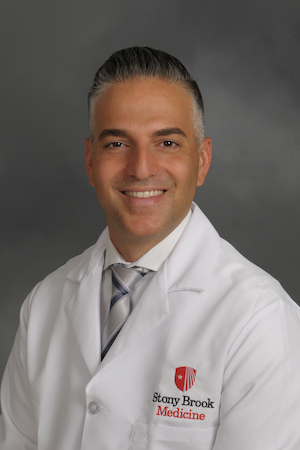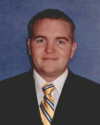
| Volume 29 Number 5 | Stony Brook, NY | < May 2018 > |
 |

|
|
May Calendar

Dr. James Young Simpson died May 6, 1870. 80,000 people were said to have lined the streets of Edinburgh for his funeral procession! Wonder how many would have come if he'd used propofol instead of chloroform? Wed. May 2, 7:00 am. Dr. TJ Gan will chair the Faculty Meeting in Lecture Hall 5. Fri. May 4, RSVP deadline for May 18 Bowling Get-together. Tue, May 8, 3:30 pm to 8:30 pm: Peter Glass Academic Research Evening at the Wang Center. Wed, May 9, 7:00 am: Visiting Professor, Dr. Michael Roizen. "Longevity—The Next Disruptor (The Chip is the current one). How To Keep Your Brain and Hips Young." in Lecture Hall 5. Thurs, May 10: RSVP deadline for June 3 Resident Graduation. Thurs, May 10: Journal Club will be held at the Curry Club beginning at 6:00 pm. Tue, May 15, 4:00 pm: Dr. Michelino Puopolo will will talk about his research on "Presynaptic inhibition of primary nociceptive signals to dorsal horn lamina I neurons by dopamine" in the CMM Building, 4th Floor conference room. Wed, May 16, 7:00 am: Dr. Jonathan Bacon will present his Senior Grand Rounds in Lecture Hall 5. Fri, May 18, 7:00 - 9:00 pm: Anesthesiology Faculty and Residents Bowling Get-together at AMF Smithtown Lanes. Wed, May 23, 7:00 am: Dr. Tyler Tomkinson will present his Senior Grand Rounds in Lecture Hall 5. Wed, May 30, 7:00 am: Dr. Rishi Adsumelli will conduct the departmental Quality Assurance meeting in Lecture Hall 5. 
|
|
Kudos
figure credit 
|
|
April Meetings in Chicago
Dr. Ru Li, a postdoc from Dr. Jun Lin's group, presented a poster at the American Association for Cancer Research meeting. "Comparing Volatile and Intravenous Anesthetics in a Mouse Model of Breast Cancer Metastasis". Authors: Li R, Li M, Liu H, Huang Y, Dilger JP, Lin, J. 
Check out this music video at 5:20! Also at the IARS meeting, Dr. David Kiamanesh, taught at an Advanced Perioperative Ultrasound Workshop. The workshop focused on assessment of left and right ventricular function, valvular pathology, and volume responsiveness. The format included a combination of reviewing short lectures, scanning live models, and utilizing simulator mannequins. Drs. Rany Makaryus and Zvi Jacob were among the authors of a moderated poster discussion presentation "Trajectories of Brain Lactate Do Not Contribute to Aerobic Glycolysis across Childhood" (Rid S, Jacob Z, Makaryus R, Hyder F, Dienel G, Rothman DL, Benveniste HD). 
|
|
Engagement!



|
|
New Publications
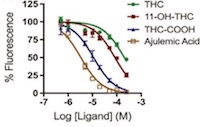
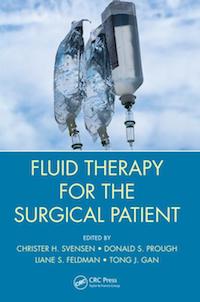

|
|
Where on Campus is That?
James P. Dilger, PhD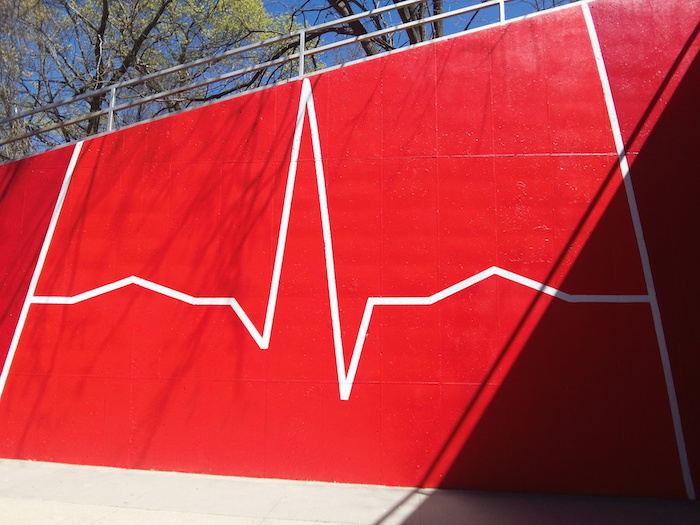

|
|
Monthly Muscle Chillaxant
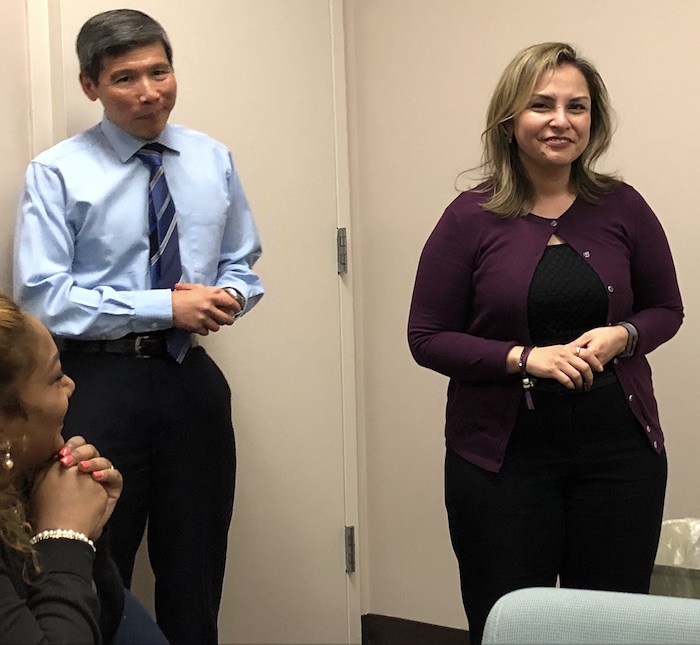
We celebrated the birthday of Marisa Barone-Citrano! 
|
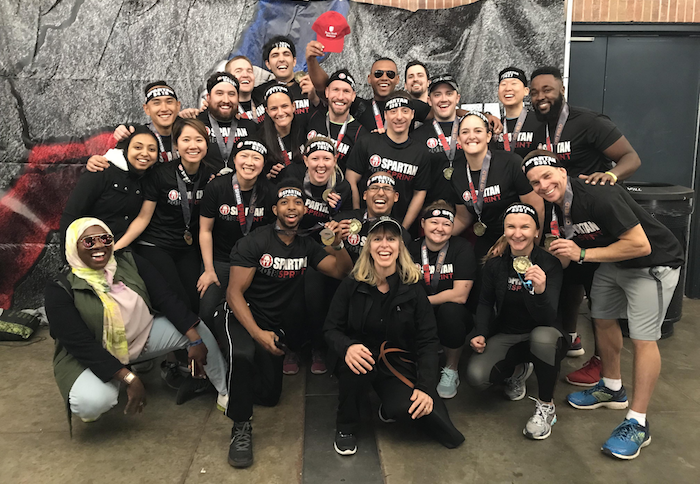
Team Stony Brook Anesthesiology at the Spartan Race, April 21, 2018. Yeah! 
|
|
SleepTalker, the Stony Brook Anesthesiology Newsletter is published by the Department of Anesthesiology
Stony Brook Medicine, Stony Brook, NY Tong Joo Gan, M.D., M.H.S., F.R.C.A., M.B.A., Chairman Editorial Board: James P. Dilger, Ph.D.; Stephen A. Vitkun, M.D., M.B.A., Ph.D.; Marisa Barone-Citrano, M.A.; Richard Tenure, M.D. |


